These days, most people understand that bees aren’t pests–they’re invaluable pollinators that wouldn’t hurt a fly. In fact, they actively improve our gardens for us, and they don’t expect anything in return except for some flowers to work with. So, if you plant the following flowers in your garden, you can expect more visits from bees and more vibrance to your plants in general.
Lavender
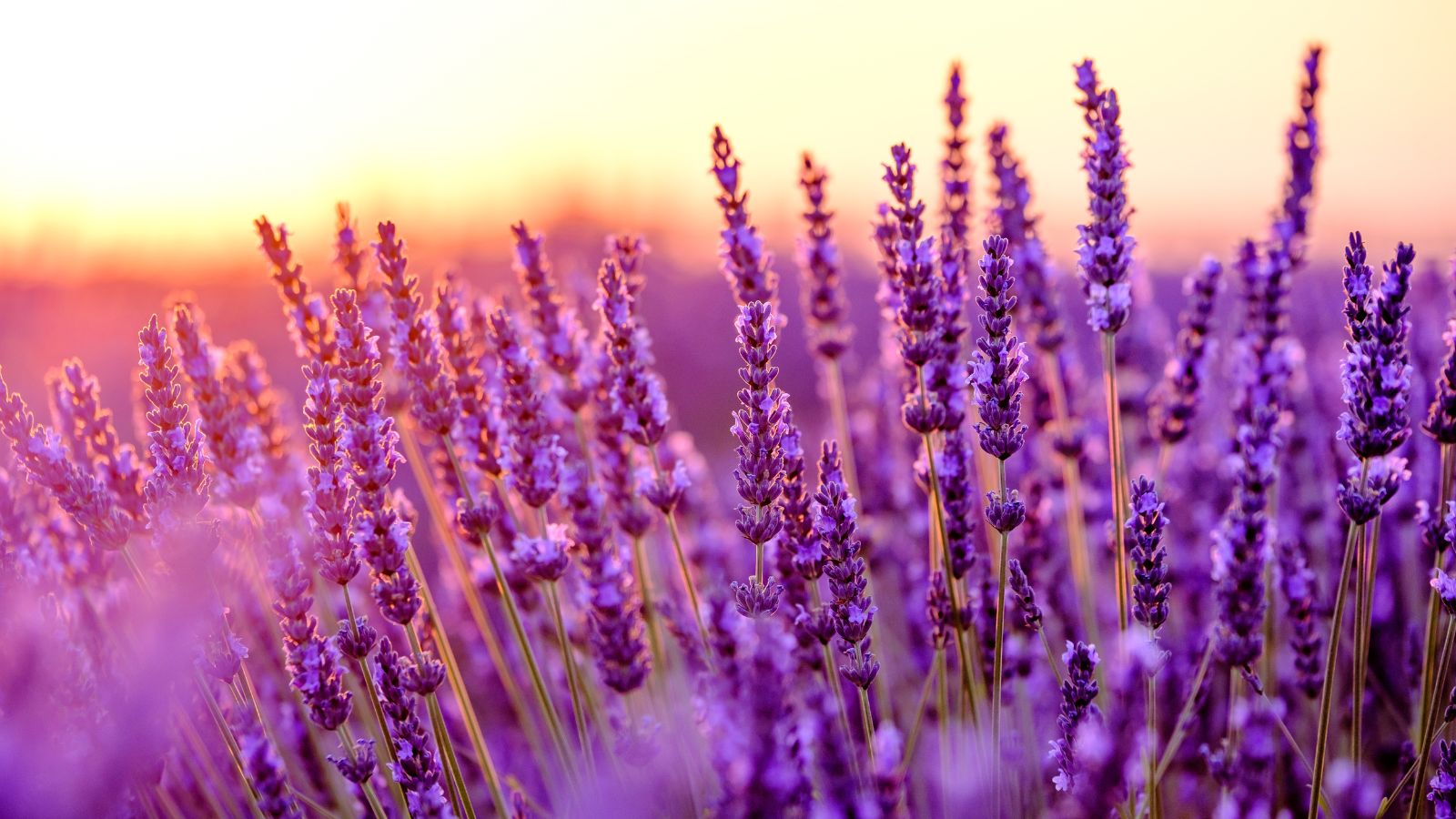
The soft purple blooms of lavender hold a special appeal for bees, who can’t seem to resist their sweet scent. Besides filling your garden with its relaxing fragrance, lavender flowers provide abundant nectar that bees flock to. Once planted, this hardy perennial requires little maintenance, and it can thrive even in dry conditions, making it perfect for low-effort gardeners with a love for bee-friendly blooms.
Coneflower
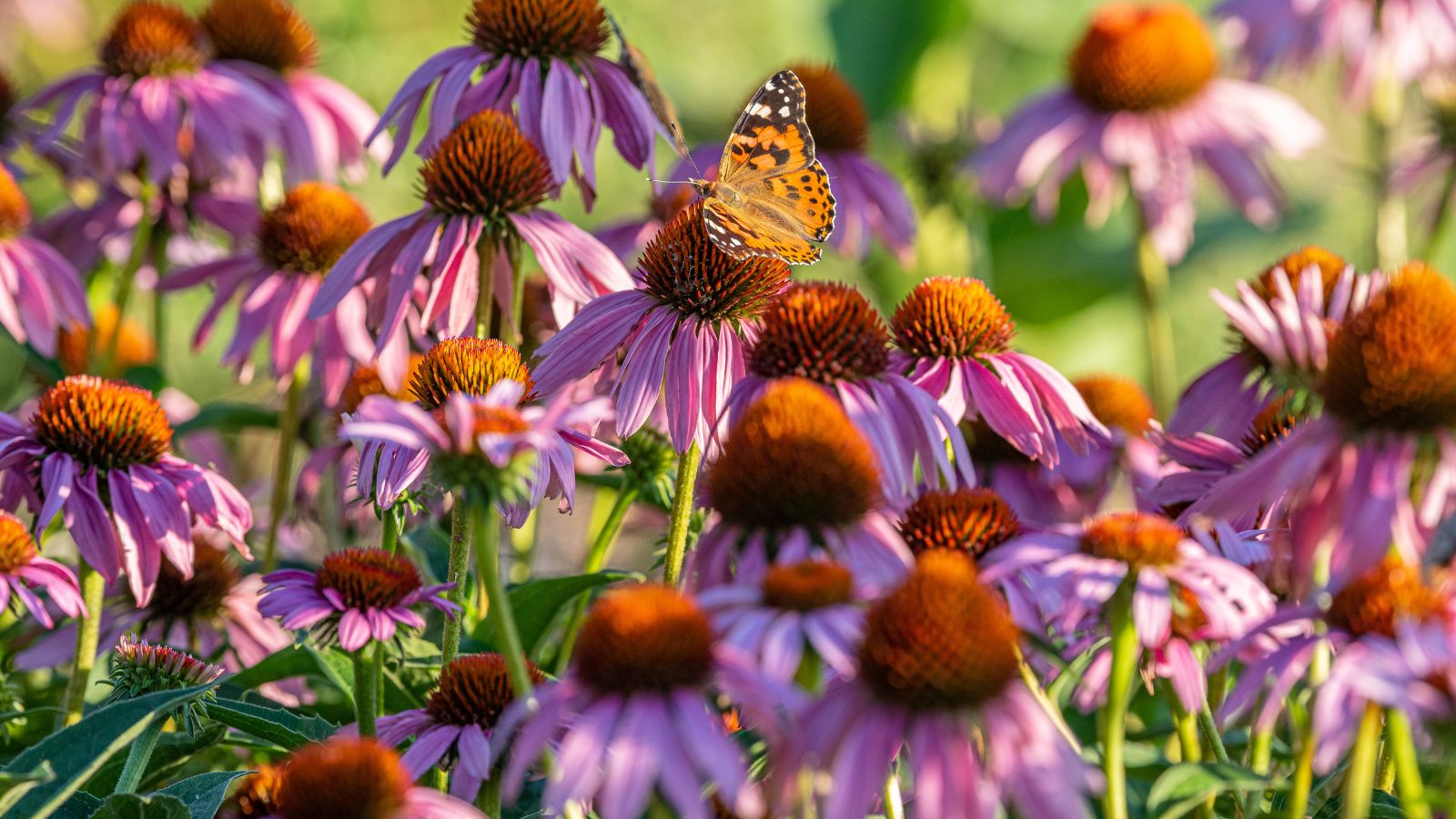
Bees seem to find coneflowers (Echinacea) utterly irresistible, drawn by their bold, spiky centers and vibrant colors. Much like lavender, these flowers are highly resilient, blooming for months on end to offer a lasting source of nectar while also withstanding tough conditions. As a result, coneflowers should be a top choice if you’re looking to keep your garden lively and buzzing all season.
Sunflower
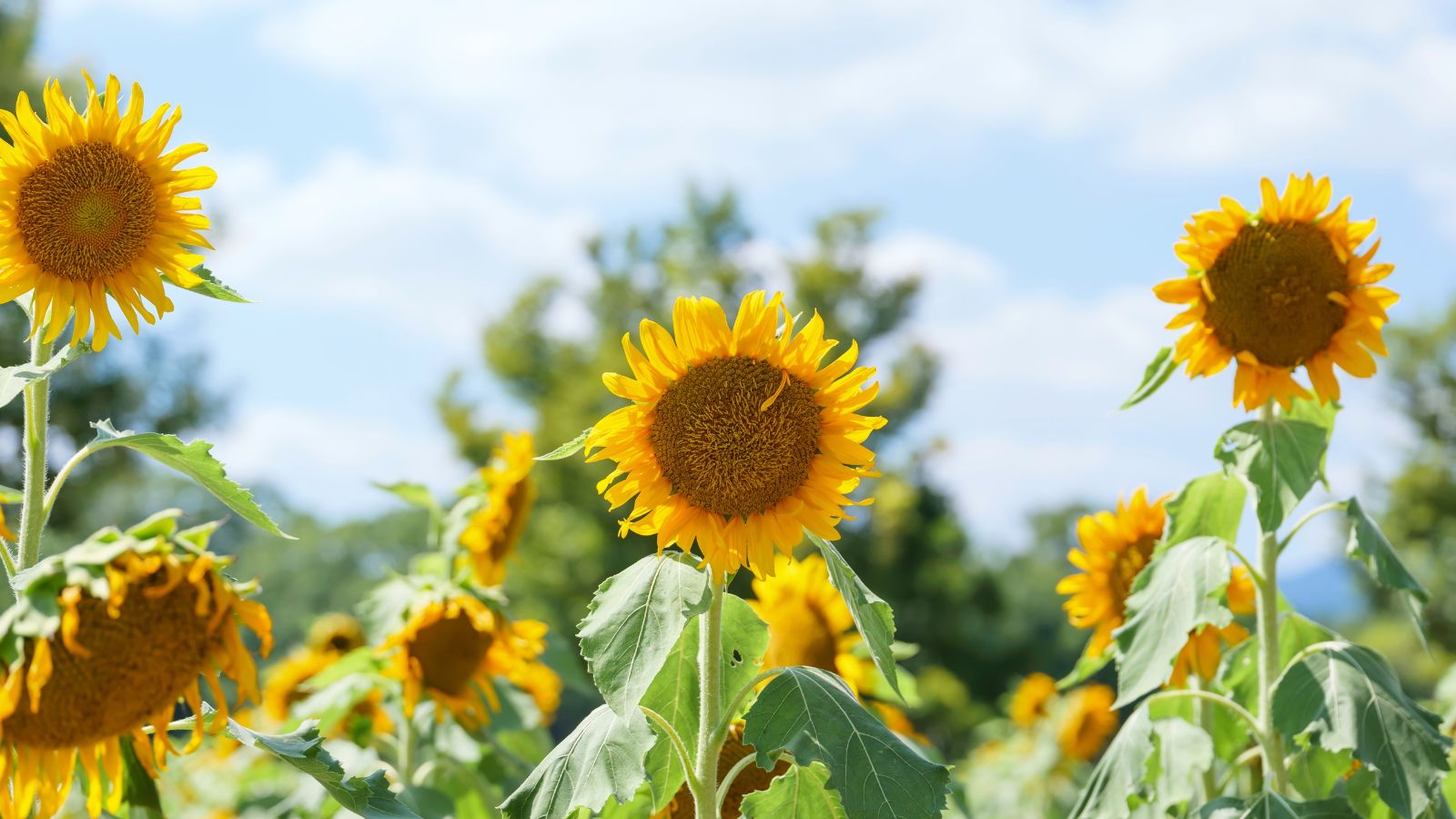
Tall and cheerful, sunflowers stand as beacons for bees looking for a rich source of pollen. These unique blooms are known for their seeds, but their generous size and open petals make them a wonderful spot for bees to gather. As sunflowers grow toward the sun, they bring warmth and an uplifting vibe to any garden, along with plenty of pollinators, so if you’re not already growing them, you’re missing out.
Bee Balm
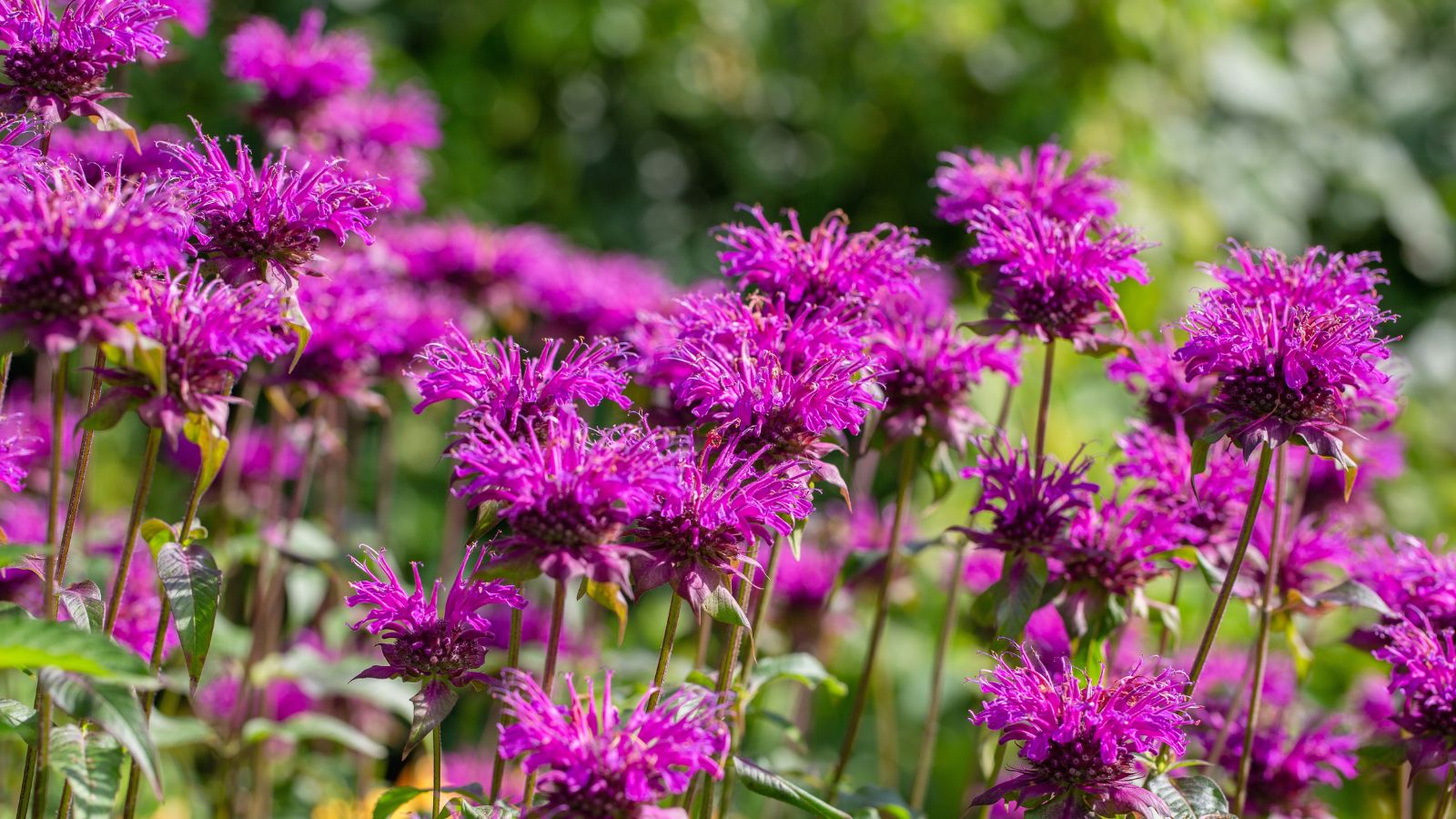
True to its name, bee balm (Monarda) is practically a magnet for bees. Its spiky blooms come in colors like red, pink, and purple, all of which draw in pollinators from all around. As a perennial, bee balm returns each year, making it a reliable choice for anyone who wants to encourage bee visits regularly. Plus, it can add a splash of color and texture to any flower bed.
Black-Eyed Susan
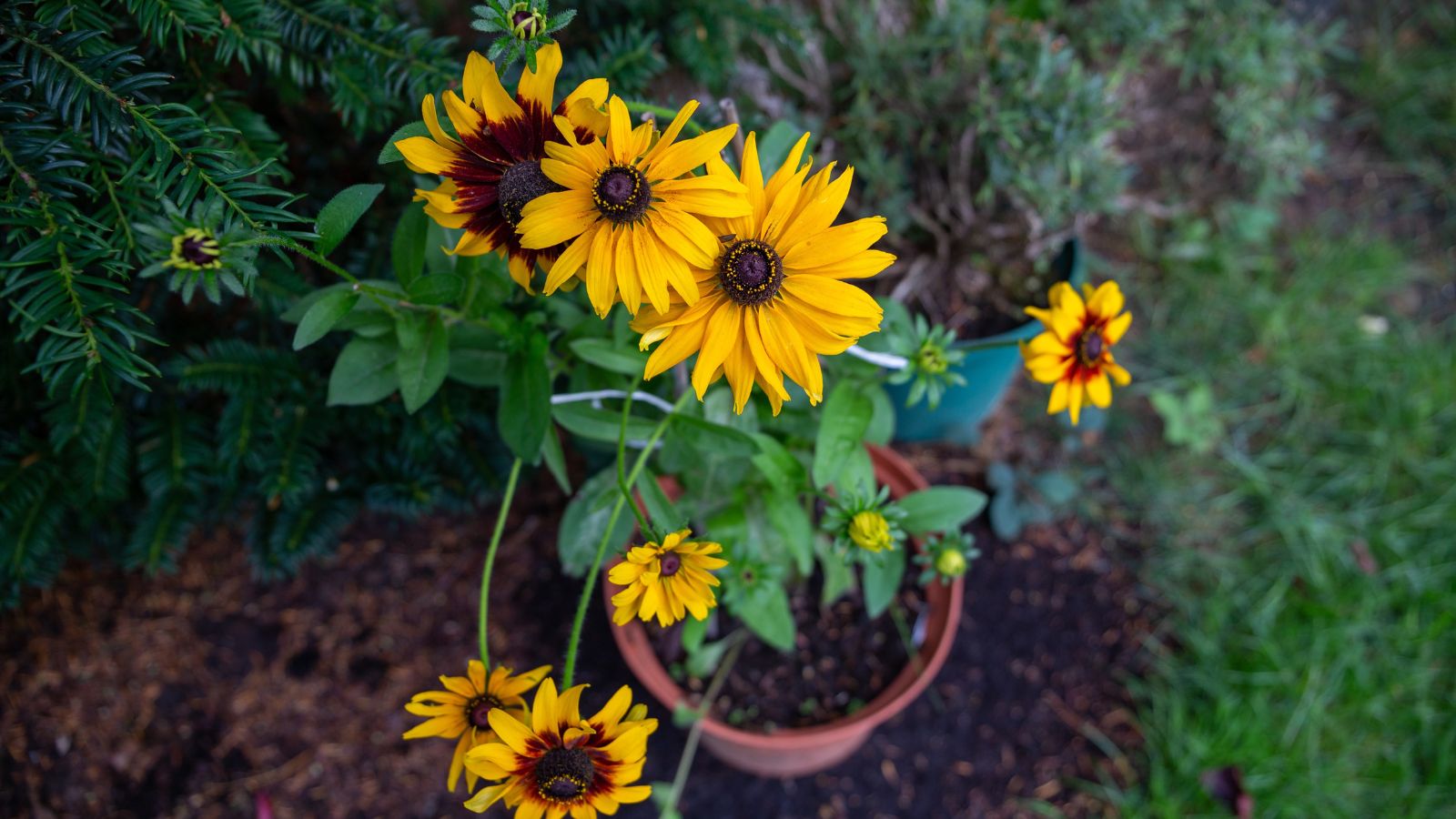
With their striking yellow petals and dark centers, black-eyed Susans are a feast for the eyes—and for bees. These flowers bloom through summer and into early fall, providing nectar when many other flowers begin to fade. Furthermore, as with many flowers on this list, their resilience means they’ll thrive in different climates, giving bees a reliable food source even when other plants struggle.
Borage
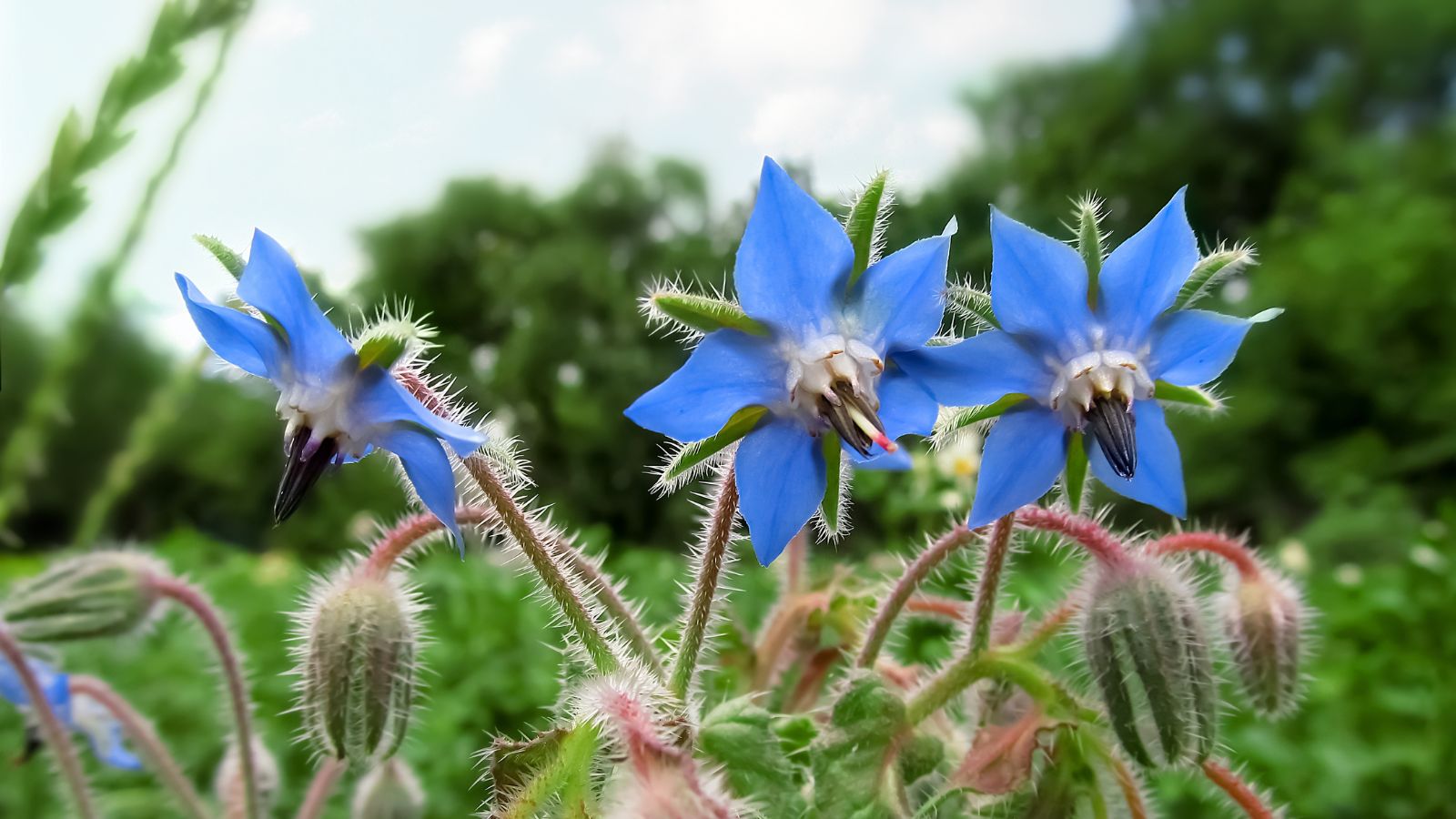
The often overlooked borage offers delicate, star-shaped flowers that will no doubt attract your local bees. Conveniently, it’s a self-seeding annual, so it will return year after year with minimal fuss, blooming in a beautiful blue hue and giving off a refreshing cucumber-like scent that bees love. Not only does it bring in bees, but its leaves are edible, too, adding a bit of versatility to the garden.
Cosmos
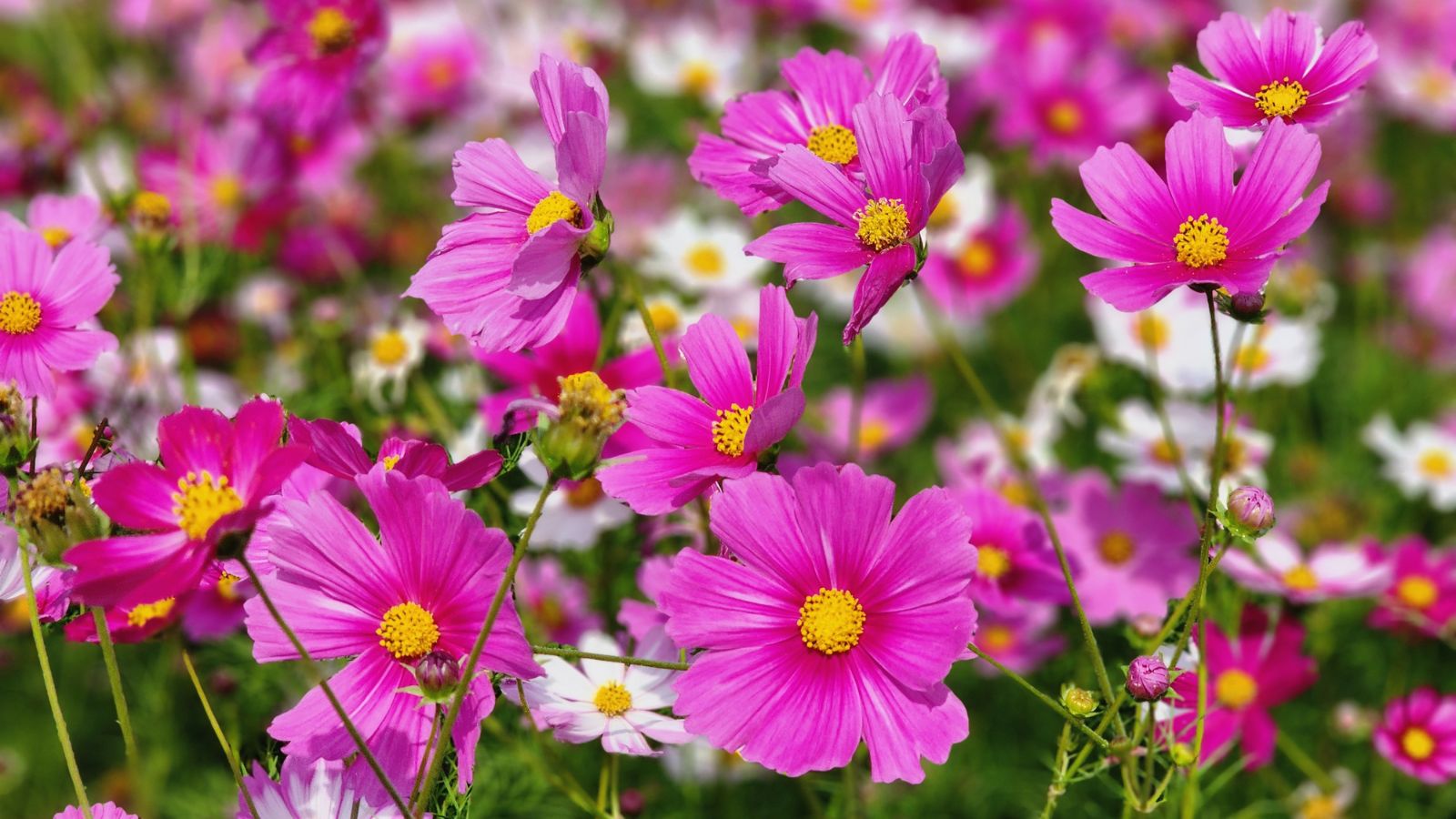
Another flower you should plant to attract more bees to your garden is cosmos, a gentle flower with fluttering petals that brings an undeniably graceful charm to any garden. You can usually find them in shades of white, pink, purple, and more, blooming into late summer to ensure a continuous source of nectar for bees. To make matters even better, Cosmos thrive in full sun and poor soil, so they’re ideal if you want a low-maintenance way to keep the bees busy in your garden.
Foxglove
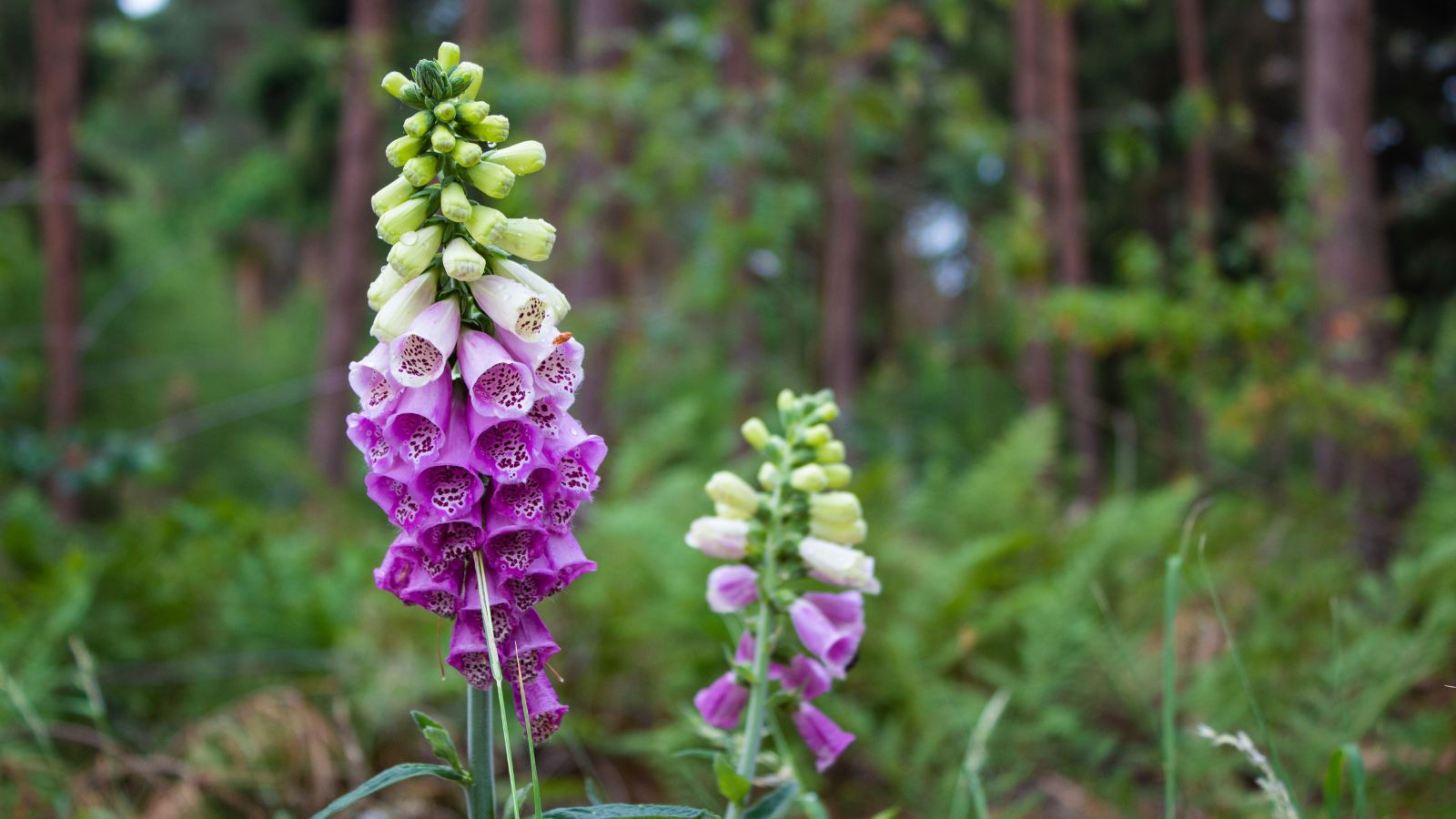
Gardeners love foxgloves for their tall spires and tubular blooms, which offer an ideal structure for bees to explore, usually decorated with pink, white, and purple shades. However, although foxgloves are beautiful, they contain toxins that can be harmful to humans and pets, so it’s best to exercise caution when planting.
Hollyhock
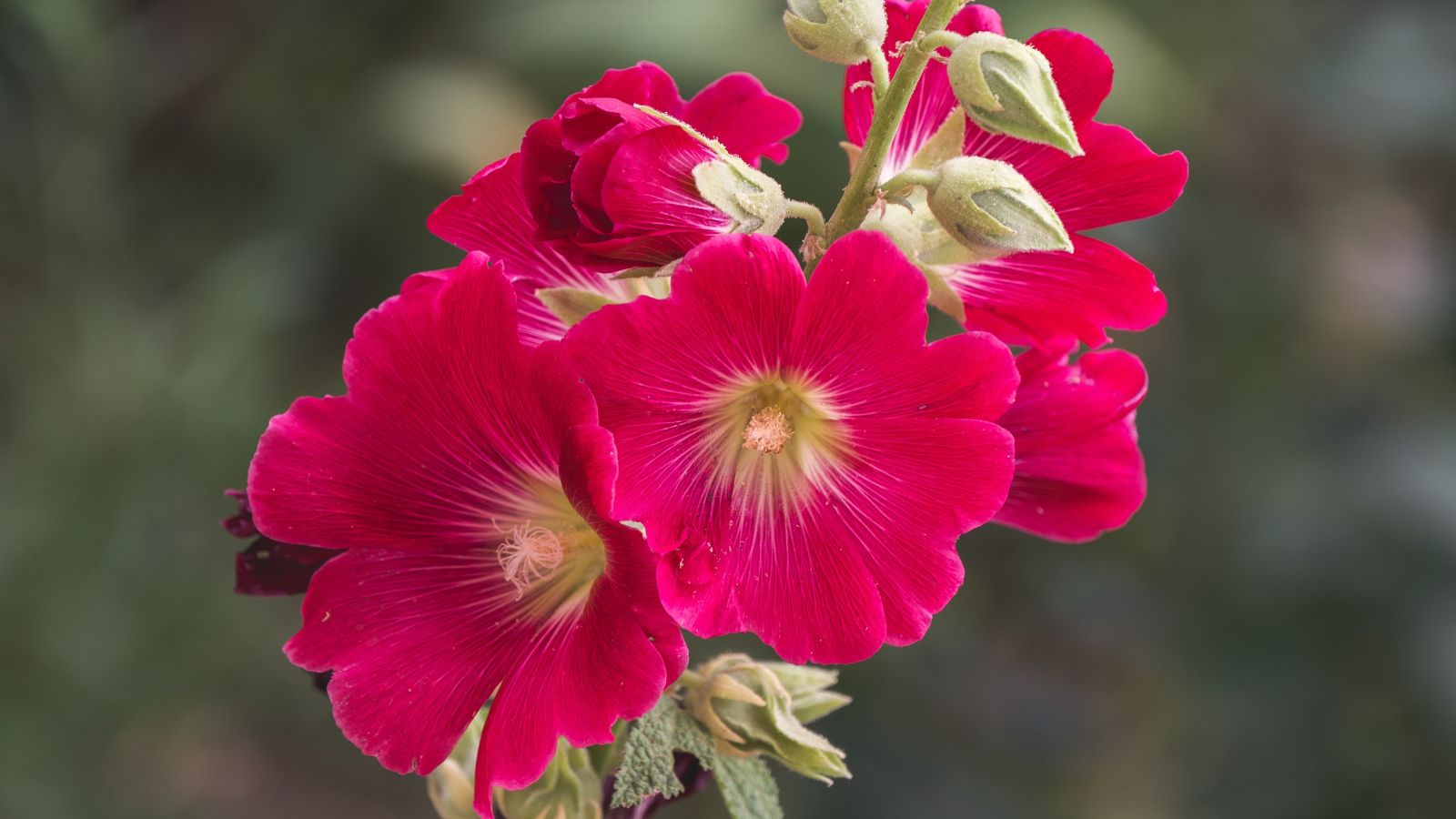
Hollyhocks bring a cottage garden feel with their towering stems and numerous blooms, attracting bees for weeks on end. These biennials grow tall, so they work well at the back of flower beds, creating a backdrop for shorter blooms. Their open, bowl-shaped flowers also make it easy for bees to gather nectar, ensuring they’re a regular feature in a bee-friendly garden.
Hyssop
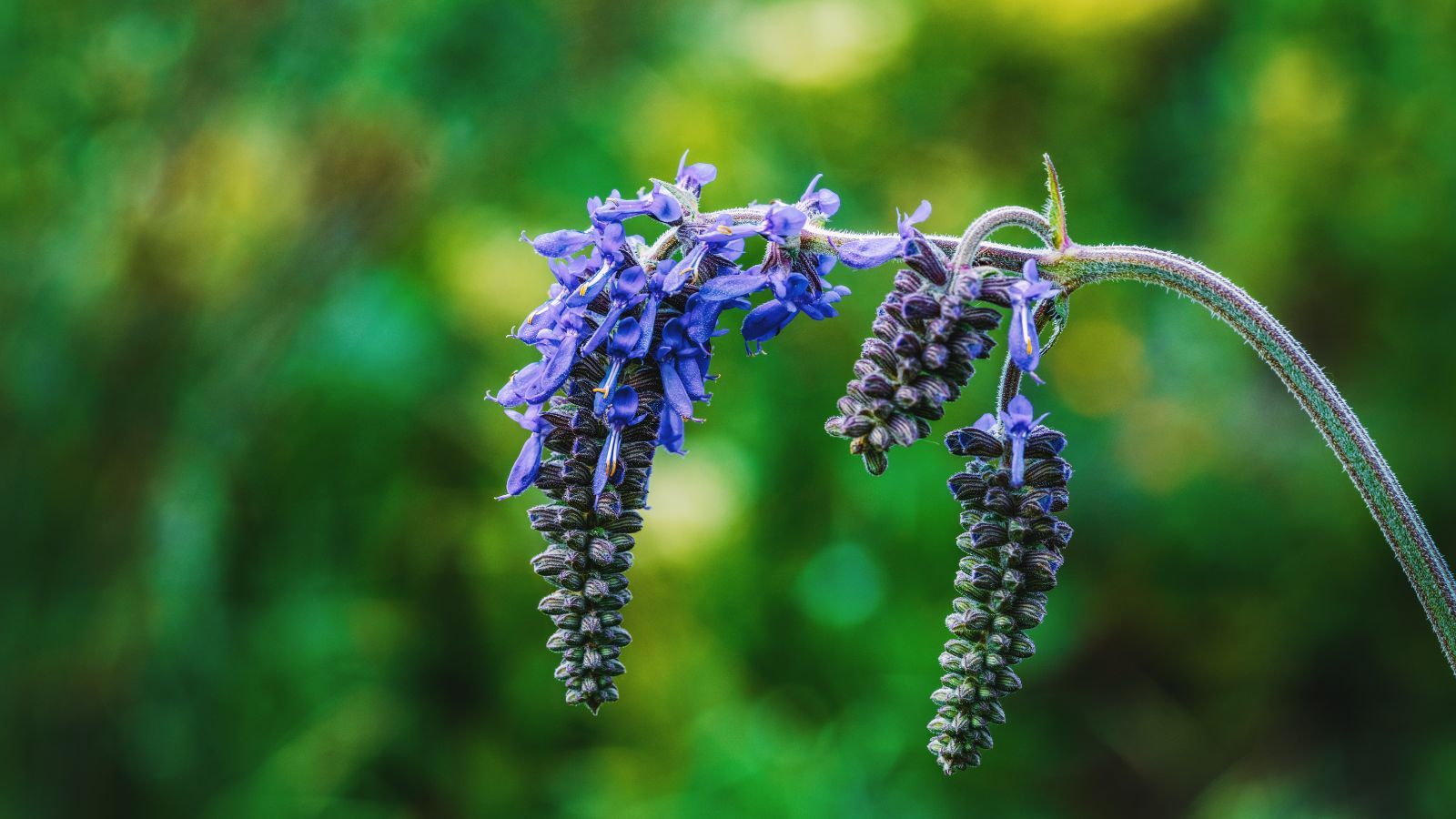
Hyssop’s aromatic leaves and clustered purple flowers provide bees with a delicious source of nectar. We’ve got good news, too–this hardy perennial thrives in sunny spots and well-drained soil, making it a great addition to borders and pathways. What’s more, its small, plentiful blooms create a wonderful landing pad for bees, and its strong scent only enhances its appeal to pollinators.
Crocus
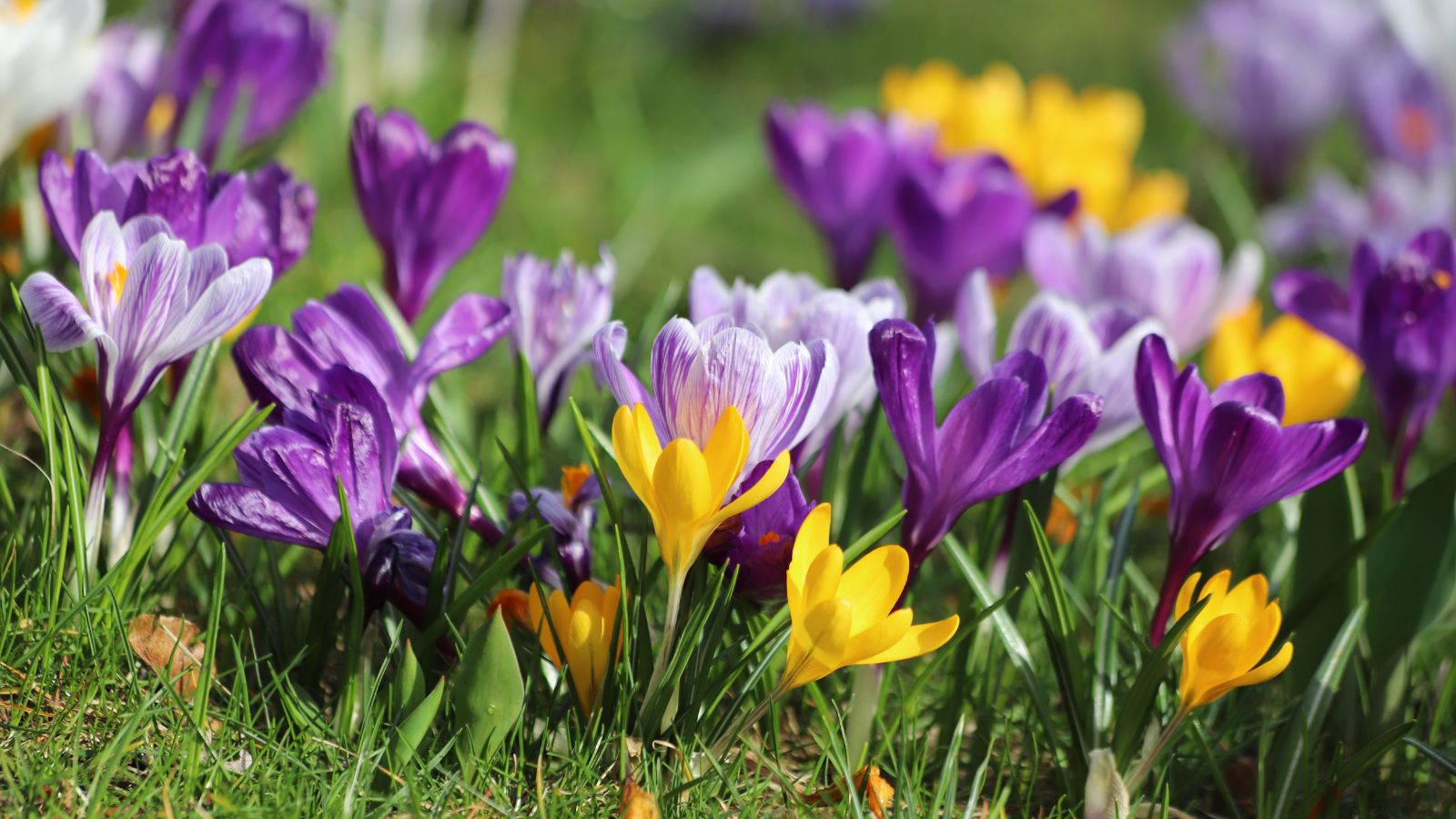
Early in the year, crocuses pop up, providing bees with one of their first sources of nectar after winter. These small but mighty flowers can be purple, blue, lavender, orange, yellow… the list goes on! As a result, bringing a touch of color to a garden isn’t something that crocus will ever shy away from, so they’re a truly ideal spring choice if you want to give bees a head start in finding food as they emerge from hibernation.
Salvia
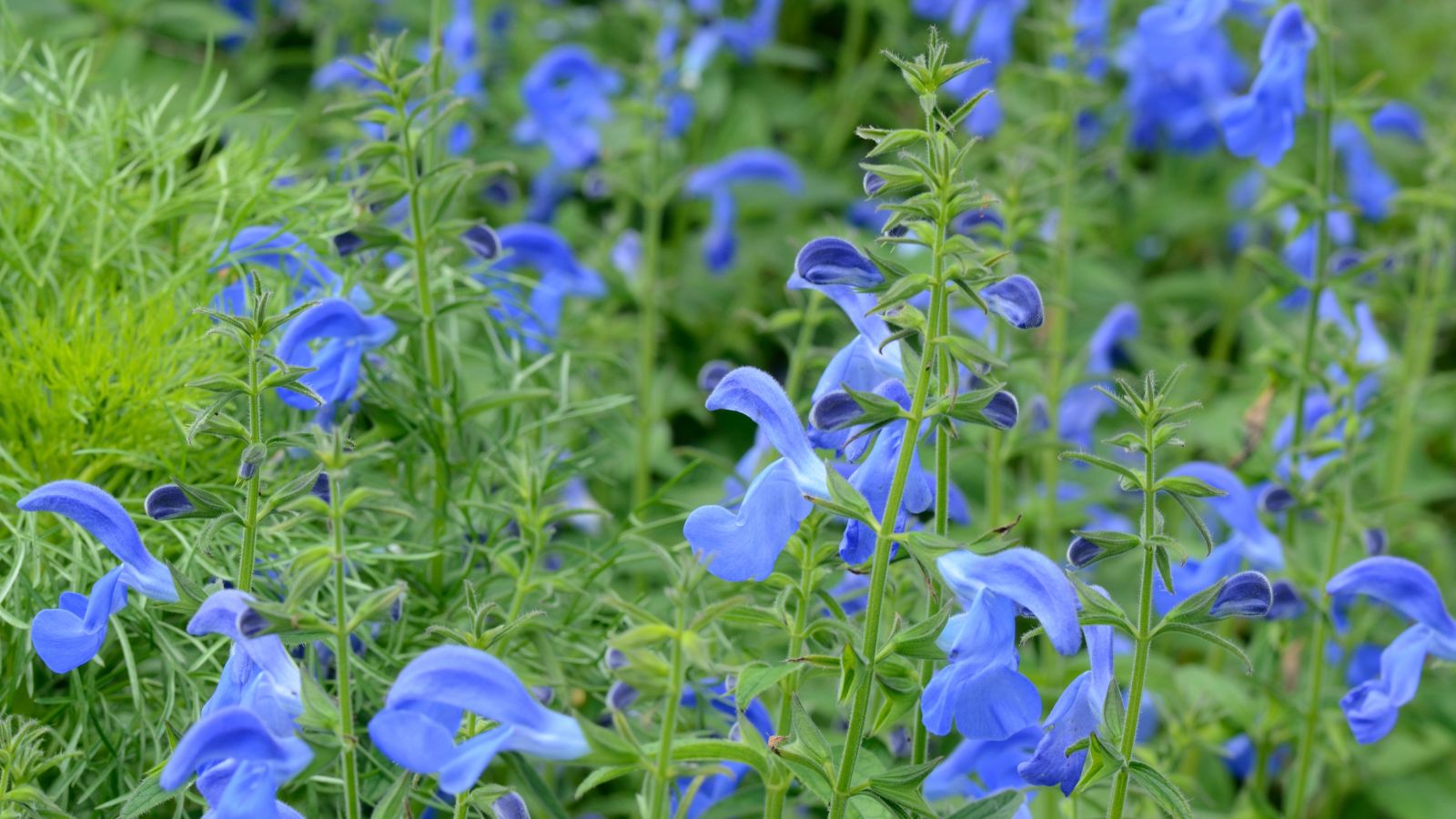
With tall spikes covered in small, nectar-rich flowers, salvia is another great way to attract bees. It blooms in deep shades of purple and blue, colors that bees find particularly inviting. Salvia is also low-maintenance and drought-resistant, making it simple to grow even in challenging climates. At the end of the day, this means that its long-lasting blooms will keep bees coming back time and again.
Zinnia
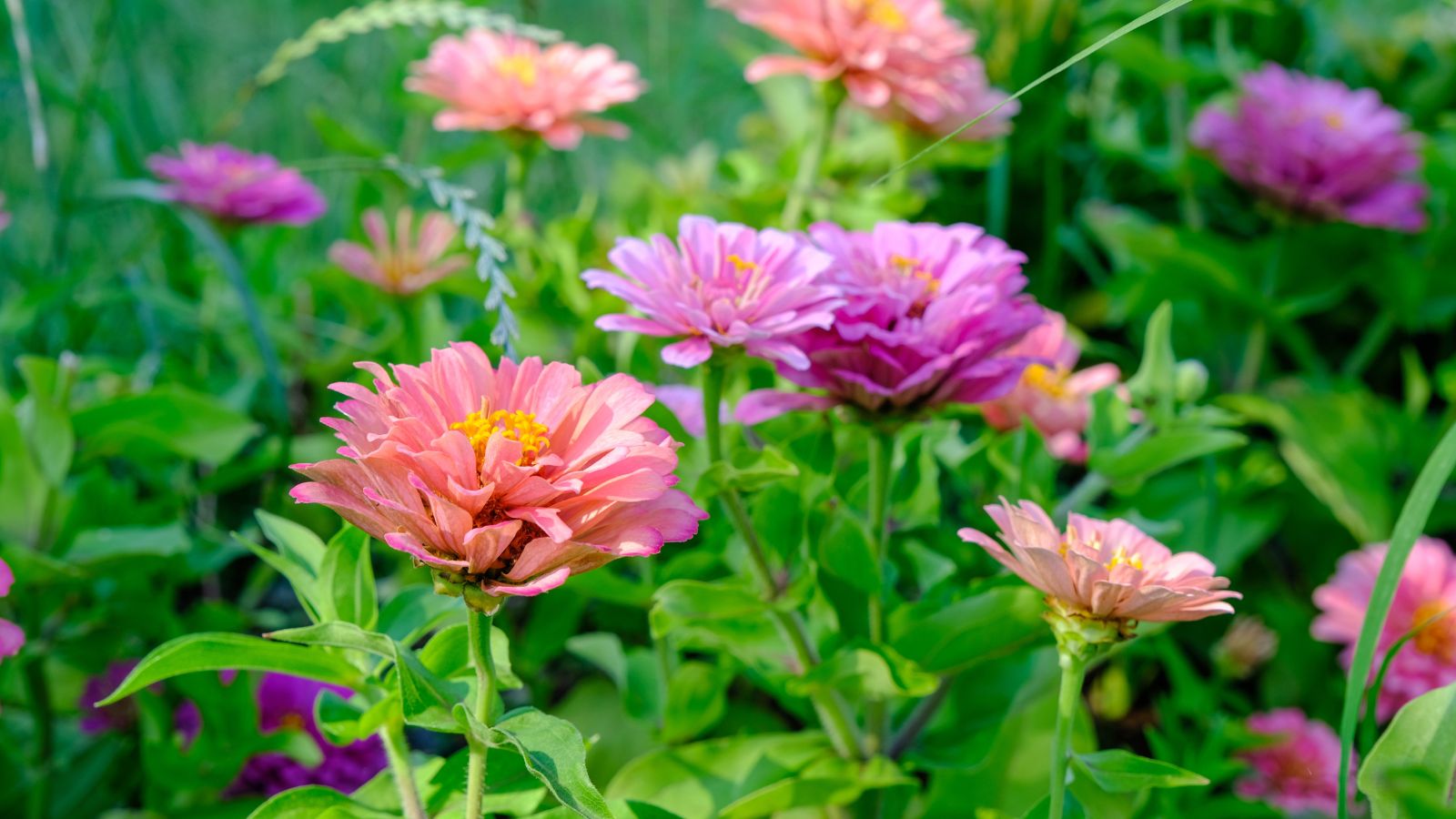
As you’ve probably gathered by now, bees love bright colors, such as the bright and showy blooms of zinnias. These annuals bloom from summer until frost, ensuring a steady source of nectar throughout most of the year. Despite this, though, zinnias thrive in warm weather, yet even then, they require little water, making them a tough yet beautiful addition to a bee-friendly garden.
Sedum
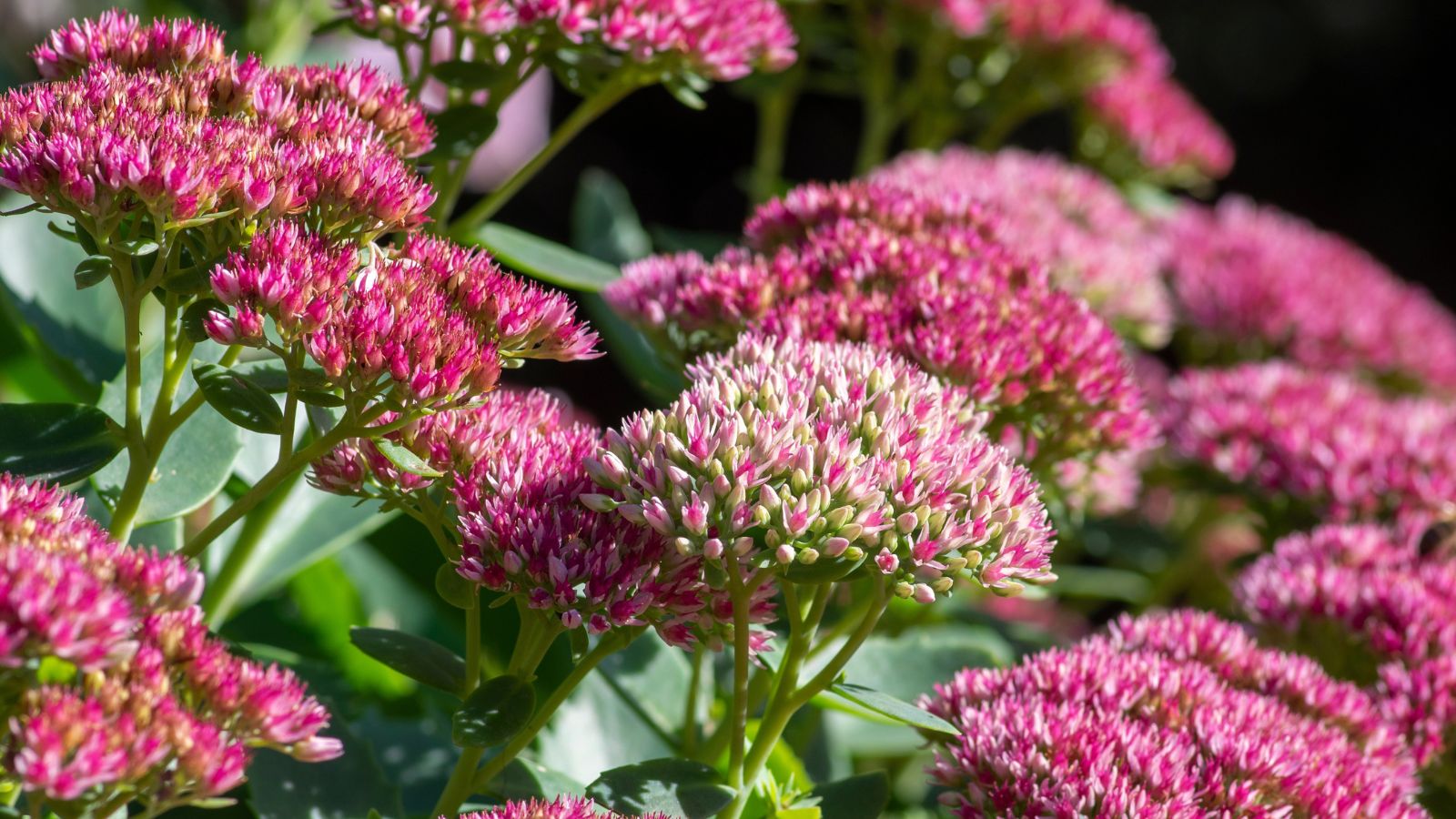
Sedum blooms in late summer, providing a late-season treat for bees when other flowers begin to fade–essentially the opposite of a crocus. Its clusters of tiny star-shaped flowers attract bees with their subtle colors and plentiful nectar. As a succulent, sedum is also drought-resistant, and it adds a unique texture to garden beds, perfect for creating visual contrast while supporting pollinators.
Aster
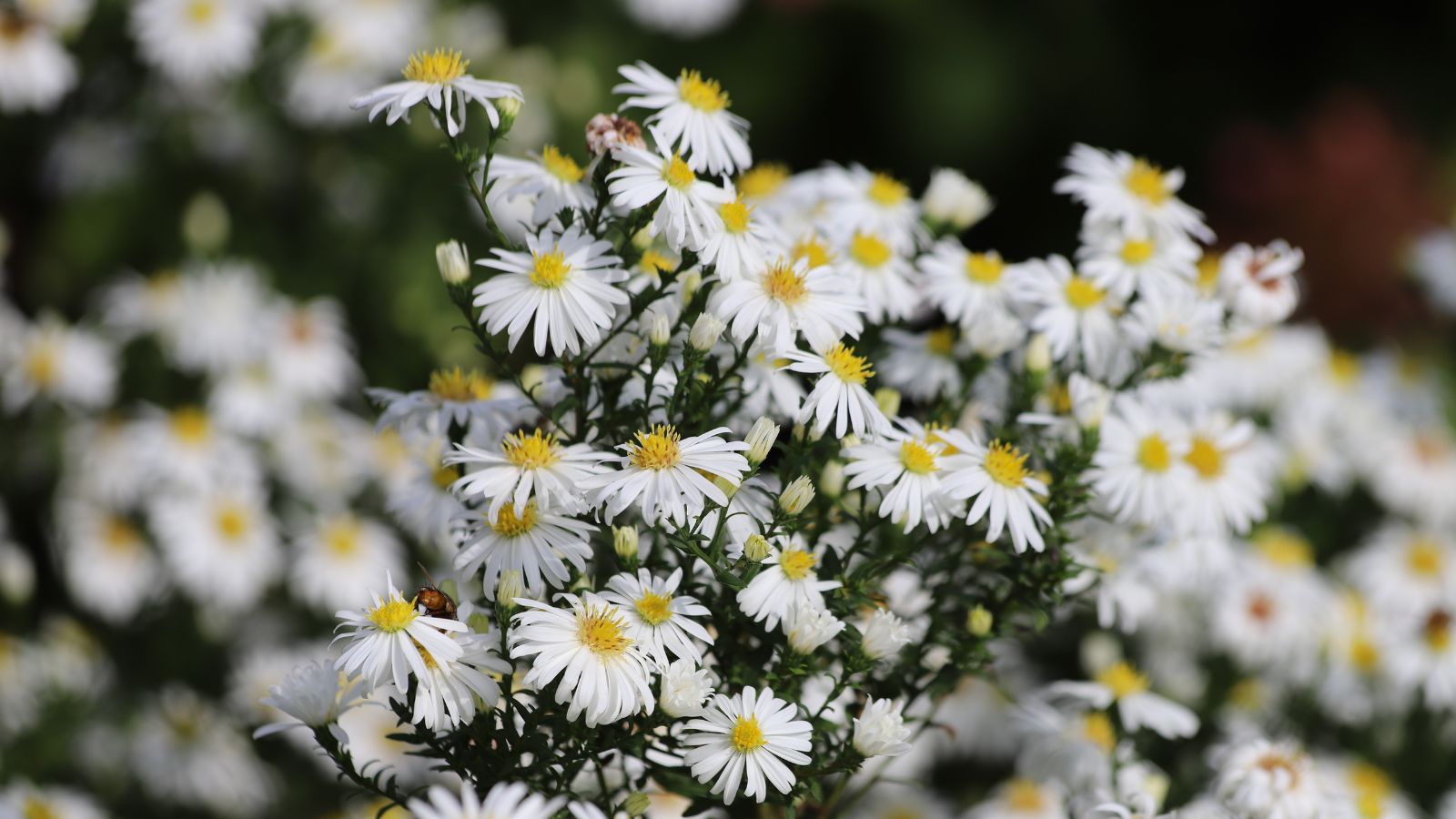
Last on this list of flowers that naturally attract bees is the aster, which uses its pink, purple, and white daisy-like blooms to attract bees with immense reliability. Just like with sedum, asters bloom just as summer starts to fade, giving bees a much-needed food source when they need it most.
